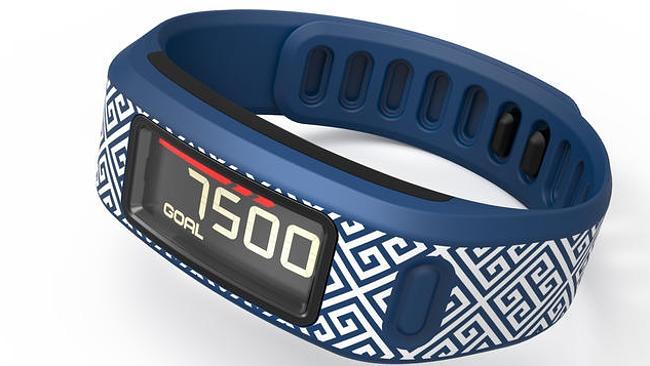Garmin puts GPS navigation on the wrist
GARMIN has finally married its legacy GPS navigation business with its fledgling wearable one.

GARMIN has finally married its legacy GPS navigation business with its fledgling wearable one: the Epix smartwatch puts GPS guidance and detailed on-screen maps right on your wrist.
The Epix’s 1.4-inch colour touchscreen features 16-week battery life in standard watch mode, and 50 hours of battery life in UltraTrac navigation mode. Those who buy the Epix will get a one-year subscription to BirdsEye, a satellite imagery service that’ll supply maps to the watch that Garmin says will be useful beyond the reach of Google Maps. It’s really for people who go out to hiking trails and other wilderness destinations.
The Epix will also include navigation features such as waypoint and co-ordinate-based guidance. And users will be able to track their routes, so they can back track in the event they get lost. There’s a built-in altimeter, barometer, compass and temperature sensor. And it can be paired with a heart-rate monitor, as can the three other watches Garmin brought to the Consumer Electronics Show in Las Vegas this week.
At CES Garmin also introduced the Fenix 3, a rugged watch built for outdoor sports. The Fenix 3 can track a swimmer’s distance, pace and stroke count; and a snowboarder or skier’s speed, distance and run count, among other activities. Like the Epix, it has GPS functionality built in. Garmin says the Fenix 3 will get 50 hours of battery life in UltraTrac mode and six weeks in watch mode. The Epix will start at $US550 ($680) and the Fenix 3 will start at $US500. Both are slated to go on sale later this year.
Along with the watches, Garmin introduced two new fitness bands, the Vivofit 2 and the new Vivoactive. Both fitness bands track steps, distance travelled, and calories (also heart rate, if equipped with Garmin’s optional heart sensor). The Vivofit 2, thinner than last year’s Vivofit, does all this while displaying the time.
But the most noteworthy aspect of the Vivofit 2, besides its one-year battery life, is its fashion sense. Garmin has teamed with designer Jonathan Adler to create rubberised bands (pictured above) sporting different looks that can be swapped out.
Garmin will also release metallic bands that look more like traditional watches and jewellery. The Vivofit 2 will go on sale in the first quarter of the year, and sell for $US140. A three pack of the standard, rubberised bands will be $US40. Garmin hasn’t said how much the higher-end metallic bands will sell for.
The Vivoactive looks less like a fitness band and more like a current smartwatch, with a small colour touchscreen and built-in apps. The Vivoactive doesn’t run Android — rather, it’s powered by software Garmin cooked up in-house. It has apps that use built-in GPS to track running and cycling routes, and display golf course maps. It even calculates your pace while swimming. Like the Vivofit 2, it’ll have interchangeable wrist bands made of rubberised plastic and leather. And it’ll also display standard smartwatch alerts: call info, text message and email notifications, calendar reminders and alerts from various smartphone apps.
While you might imagine that, with GPS running, Vivoactive’s battery life isn’t very long — 10 hours — Garmin says it will last up to three weeks on a charge when in standard watch and activity tracking mode.
The Vivoactive will go on sale later this year for $US250 or $US300 when bundled with a heart-rate monitor.
WSJ


